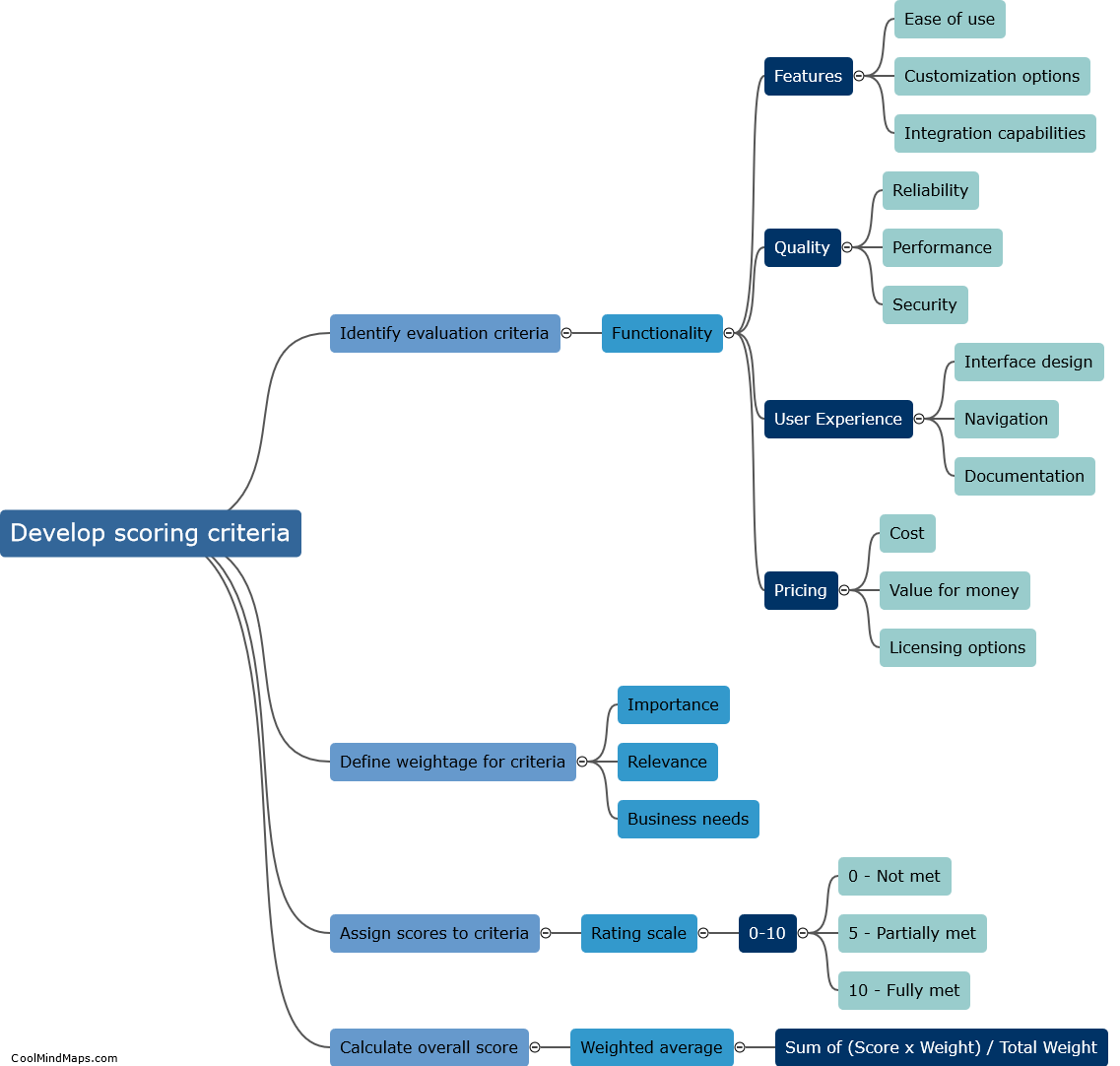What are the necessary stages in a bill verification process?
The bill verification process typically involves several necessary stages to ensure accuracy and authenticity. First, the bill is received and recorded in the company's accounting system. This step involves documenting the date, vendor information, and amount owed. Secondly, the bill is reviewed to ensure it adheres to the company's internal policies, such as identifying any discrepancies, unauthorized charges, or missing information. Once it meets all criteria, the bill is then matched with supporting documents, such as purchase orders or receipts, to validate the charges. In the subsequent stage, the bill goes through an approval process, where it is authorized by the appropriate personnel based on delegated levels of authority. This step ensures accountability and prevents any unauthorized payments. Finally, the verified bill is then scheduled for payment, and the payment is made within the predetermined timeframe, completing the bill verification process. These stages are crucial to maintain financial control, accuracy, and comply with internal and external regulations.

This mind map was published on 13 July 2023 and has been viewed 61 times.











